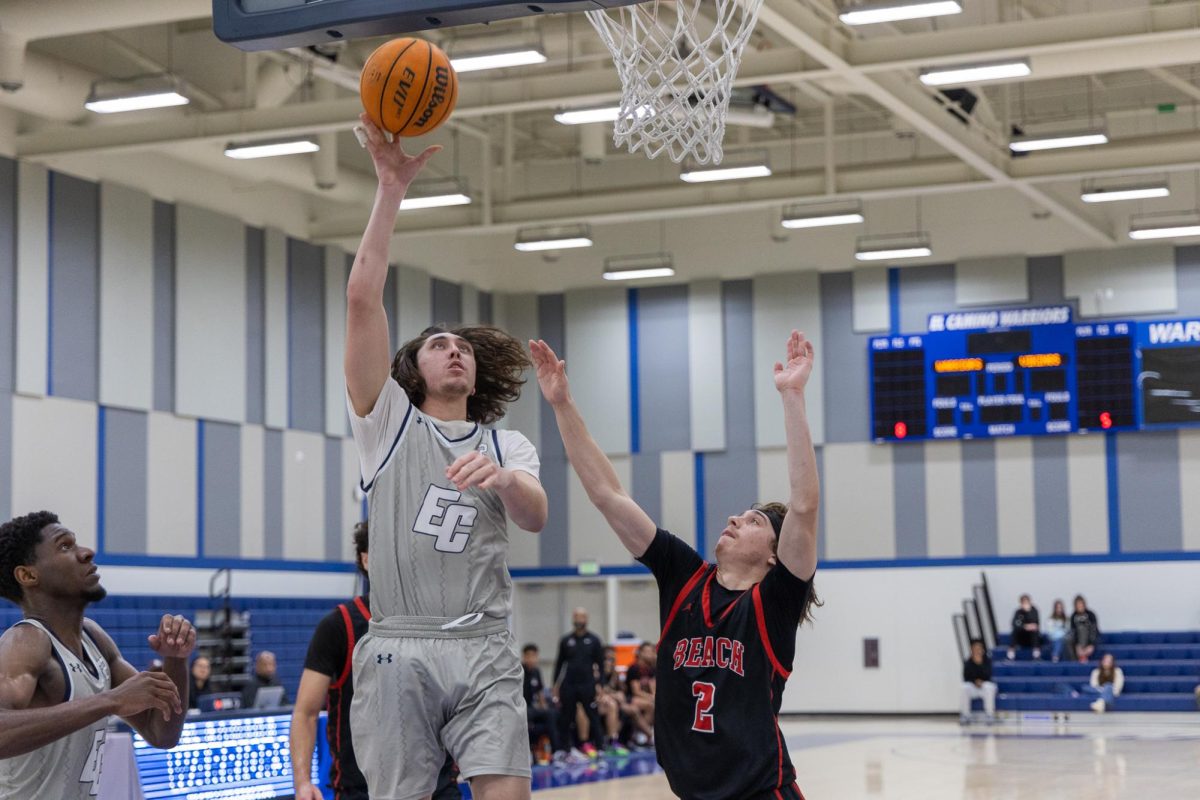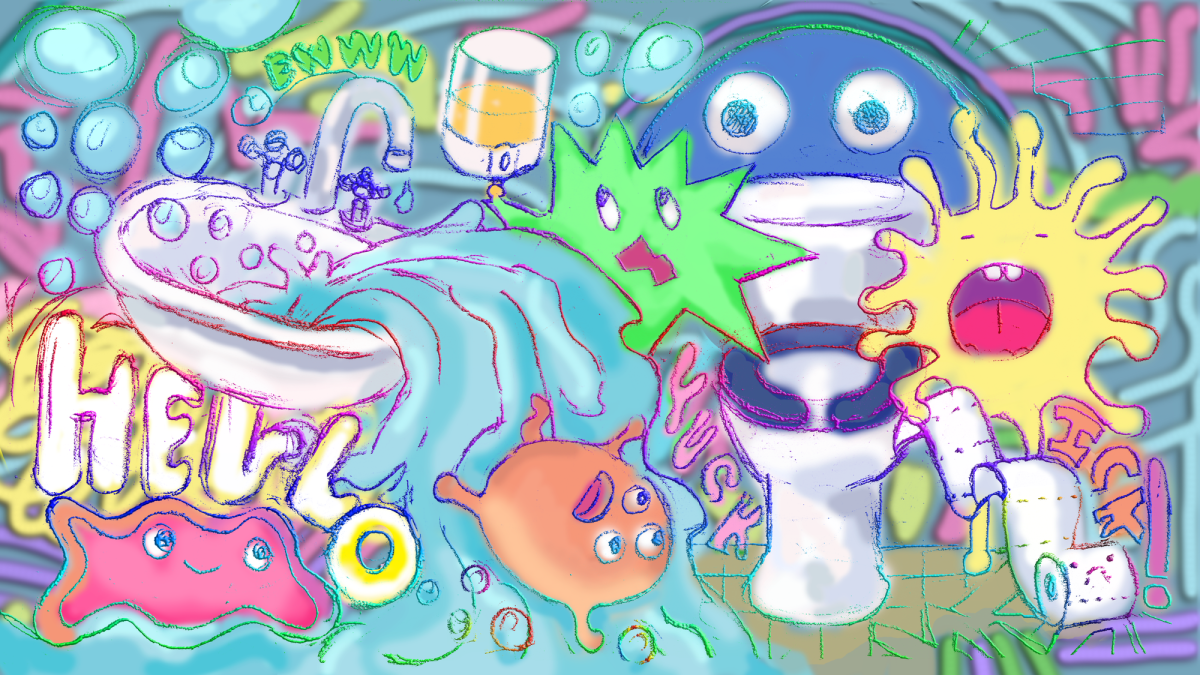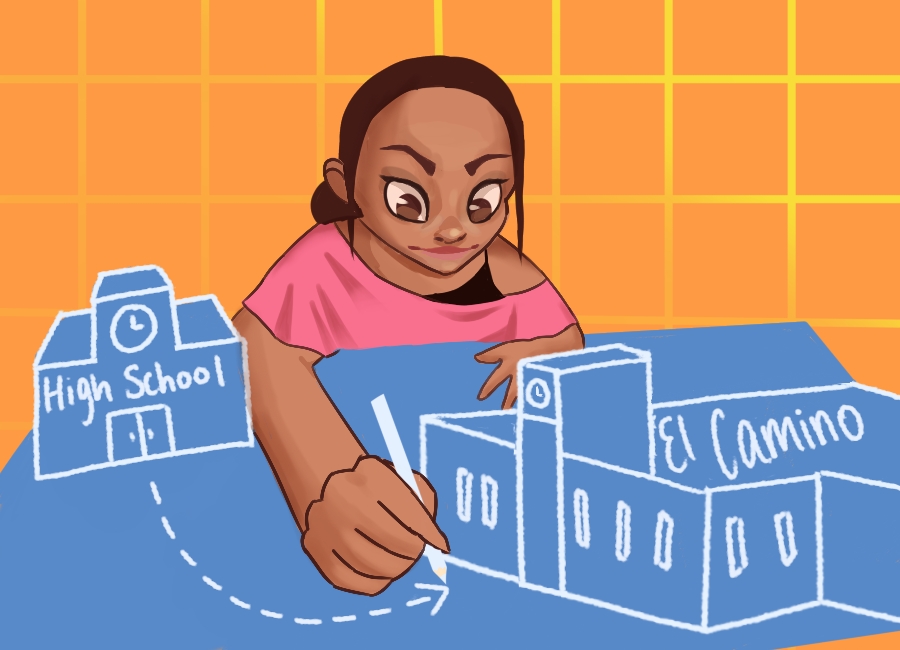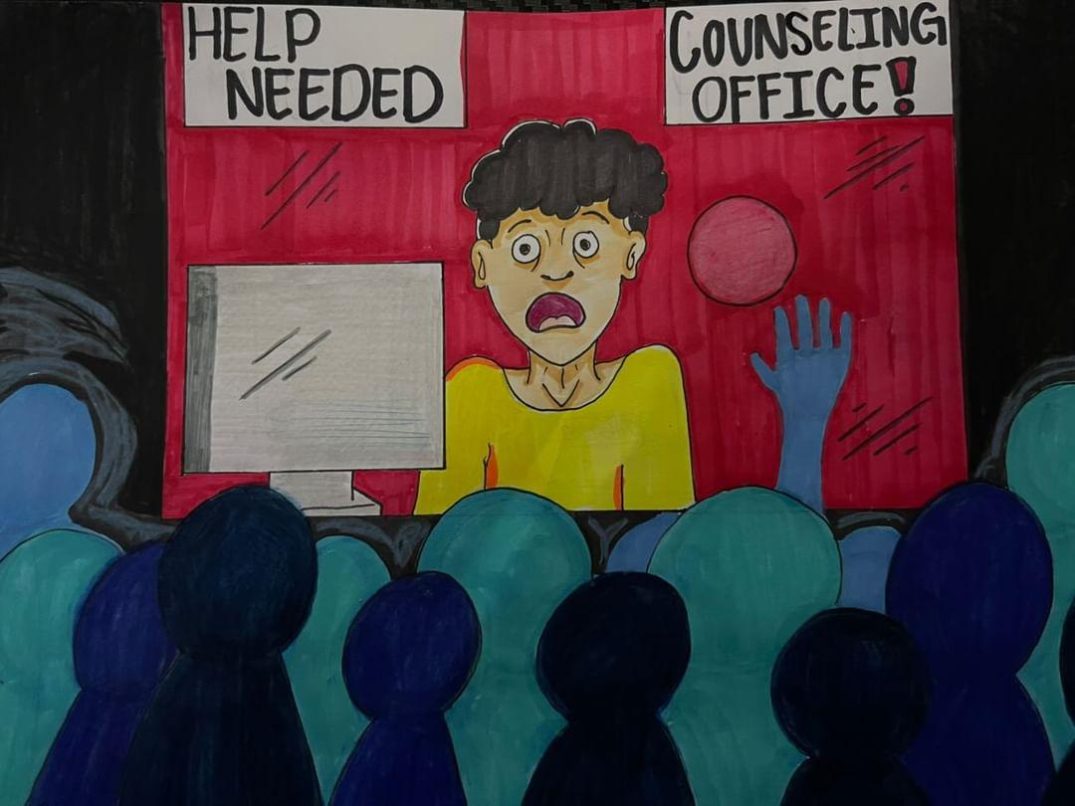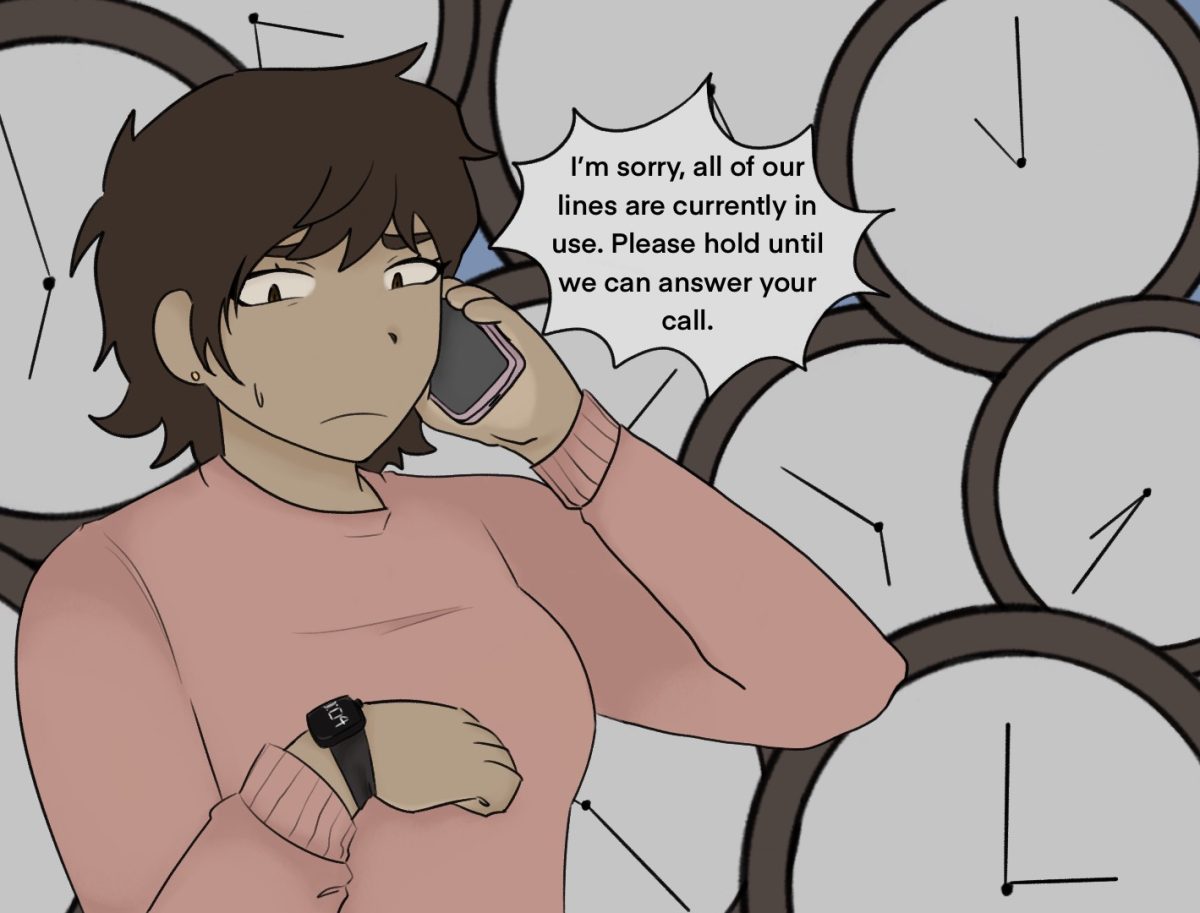It looks gross. What if they cut it off? Can I touch it?
As the bright, fluorescent hospital lights shone against my face, I wondered if I would ever have mobility in my left hand again.
The IV jabbed into my right forearm incapacitated me into a green chair while nurses pumped me full of the strongest antibiotics in existence for several hours.
I sat there waiting in that cold, lifeless room.
I thought about how just a few days before, I visited Harbor-UCLA Medical Center’s urgent care for a small cuticle infection on my left index finger simply from cleaning my nails.
The doctor numbed my finger with eight shots of lidocaine then proceeded to cut my finger open and drain it through an irrigation system-like process.
But most importantly, how the doctor had sent me home without any antibiotics.
As midnight approached, I dozed in and out of consciousness.
Then suddenly, I woke up in a hospital bed in a room filled with amputees.
I frantically made sure my finger was still there.
After hours of waiting in a room filled with the agonizing screams of a man whose knee infection put him at risk of losing his left leg, a doctor showed up along with several students.
They said they’d have to evaluate the cause of the infection before deciding whether to proceed with surgery.
According to the Amputee Coalition, a non-profit organization, there are 2 million people living with limb loss in the United States.
I would spend the weekend alongside a man who had lost two toes and didn’t seem to mind he had just lost another.
The man in front of me had a skin graft and was waiting to hear if they’d have to remove his foot.
Then there was me and my fat finger.
The type of infection I had was a paronychia, a common nail infection that can be treated at home with warm water and iodine.
Unfortunately for me, I was so preoccupied with my classes that I ignored a small abscess and the infection spread down to my hand.
Fortunately for me, I did not have any risk factors like diabetes or cardiovascular disease, which would increase the likelihood that my finger or hand would need to be amputated.
I would spend the weekend speaking to what turned out to be my fellow countrymen about their lives, regrets and amputations.
After more than 24 hours of being pumped with antibiotics, the doctor confirmed I would not need surgery to amputate any part of my body.
I sighed with relief.
However, I would need to have my finger cut open and drained again.
I joked about how that was not necessary because the swelling had gone down but the needles filled with lidocaine were back before I knew it.
As they they cut my finger open, I could hear the doctor go at it like a carpenter.
Because I could not feel anything, I looked on in disbelief but grateful this was as bad as it could get.
I spent another night in the hospital, being woken up about fives times to check my blood pressure, which always made me think they were expecting me to die.
With my finger wrapped up in a small, useless cast I walked out of those hospital doors feeling more appreciative of life and the little things I take for granted.
The cold February breeze alongside a cloudy dark sky greeted me after a weekend in a medical prison.
Although the infection resulted in my finger’s ligament being damaged and taking months for the feeling to come back, I was taught not to waver.
I learned to adapt and keep pushing through.





